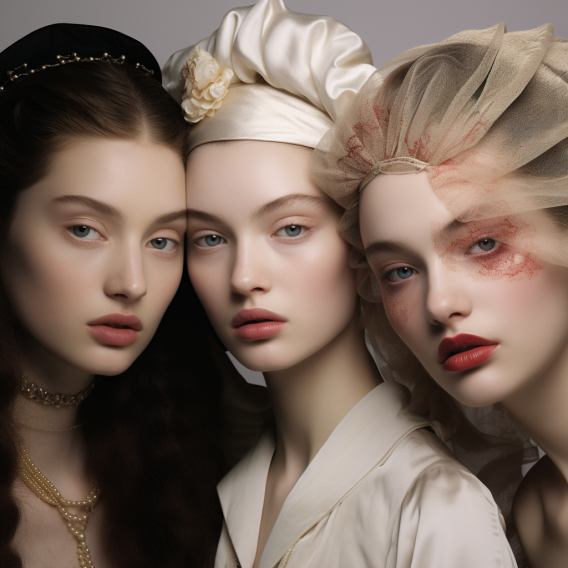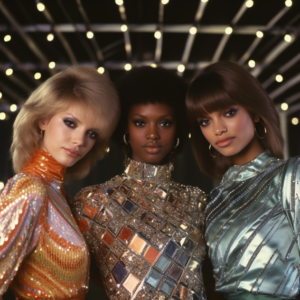The Renaissance era, spanning roughly from the 14th to the 17th century, is renowned for its profound impact on art, culture, and societal norms. This transformative period also witnessed a significant revolution in the realm of makeup, marking a shift from purity to extravagance. This article delves into the historical context, ingredients, techniques, changing beauty ideals, and the enduring legacy of the Renaissance makeup revolution.
Introduction
The Renaissance was characterized by a revival of interest in classical learning and the arts, leading to a cultural explosion across Europe. As society embraced a more humanistic approach, notions of beauty and self-presentation evolved. The makeup revolution during the Renaissance was a manifestation of these changing perspectives.
Historical Context
During the Renaissance, societal attitudes towards beauty underwent a notable transformation. Unlike the Middle Ages, where paleness symbolized purity and virtue, the Renaissance celebrated a more vibrant and lifelike aesthetic. The newfound interest in literature, art, and classical ideals contributed to an increased awareness of personal appearance.
Cosmetics, once associated with impropriety, became more accepted. Influenced by the classical world, women sought to emulate the idealized beauty depicted in Renaissance art. This shift was not merely superficial; it reflected a broader change in how individuals perceived themselves and their place in society.
Makeup Ingredients and Techniques
Renaissance makeup was crafted from a variety of ingredients, some of which might surprise contemporary audiences. Lead-based white foundation was popular, creating a stark contrast with the pale complexions of the Middle Ages. Vermilion, derived from cinnabar, provided a vibrant red hue for lips and cheeks.
Cosmetic recipes were often guarded secrets passed down through generations. The application of makeup became an art form, with women using various techniques to enhance their features. Mirrors, though rudimentary by today’s standards, became essential tools in this transformative process.
Changing Beauty Ideals
The Renaissance marked a departure from the medieval perception of beauty. Full-bodied figures and a more pronounced bust became fashionable, challenging the previously preferred waif-like appearance. The works of renowned artists such as Botticelli and Titian influenced not only the fashion of the time but also the preferred features in a woman’s appearance.
The adorned face became a canvas, reflecting the societal desire for self-expression. Heavy eyeliner and elaborate hairstyles adorned with jewels and accessories were emblematic of the extravagance of the era. Beauty became a statement, an outward expression of inner refinement.
Extravagance and Symbolism
The Renaissance makeup trends were not solely about aesthetics; they were laden with symbolism. Cosmetics became a means of communicating one’s social status, with elaborate makeup serving as a visual indicator of wealth and sophistication. The use of color and design in makeup communicated personal and societal messages, creating a complex tapestry of meaning.
The extravagant use of makeup was also tied to the period’s fascination with alchemy and transformation. The act of adorning oneself was not just a reflection of societal standards but a personal journey of self-discovery and reinvention.
Legacy and Modern Influence
The Renaissance makeup revolution left an indelible mark on beauty standards, influencing subsequent generations. The emphasis on individual expression, the celebration of diversity, and the acknowledgment of makeup as an art form can trace their roots back to this transformative period.
In modern times, Renaissance-inspired makeup continues to captivate designers, artists, and beauty enthusiasts. The fusion of historical aesthetics with contemporary trends showcases the enduring allure of a period that dared to redefine beauty.
Conclusion
The Renaissance makeup revolution, with its journey from purity to extravagance, stands as a testament to the dynamic relationship between societal shifts and self-expression. As we explore the intricate world of Renaissance cosmetics, we uncover not only the evolution of beauty standards but also the timeless human desire for creativity and identity. In the subsequent articles of this series, we will further unravel the layers of historical beauty, examining different eras and their unique contributions to the ever-evolving world of makeup.



